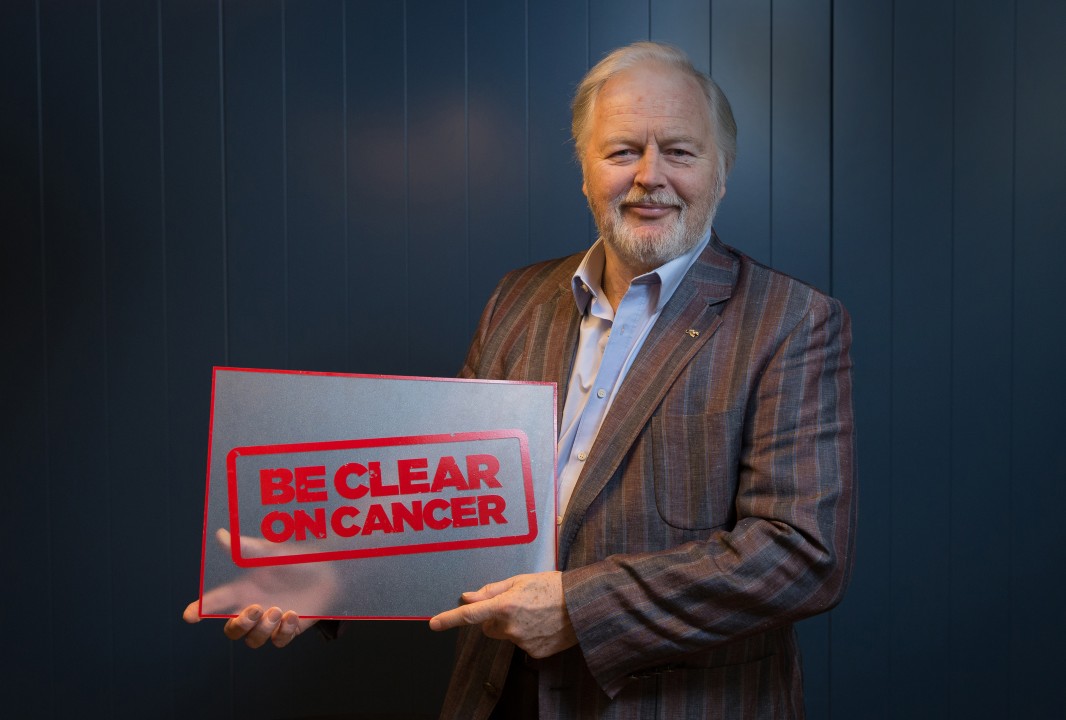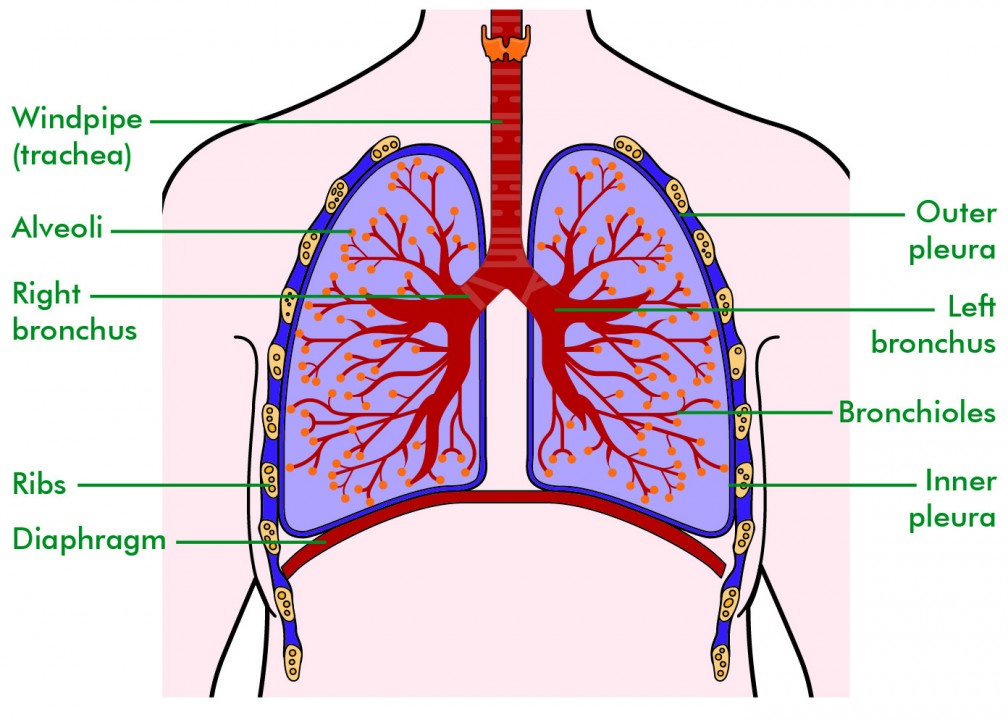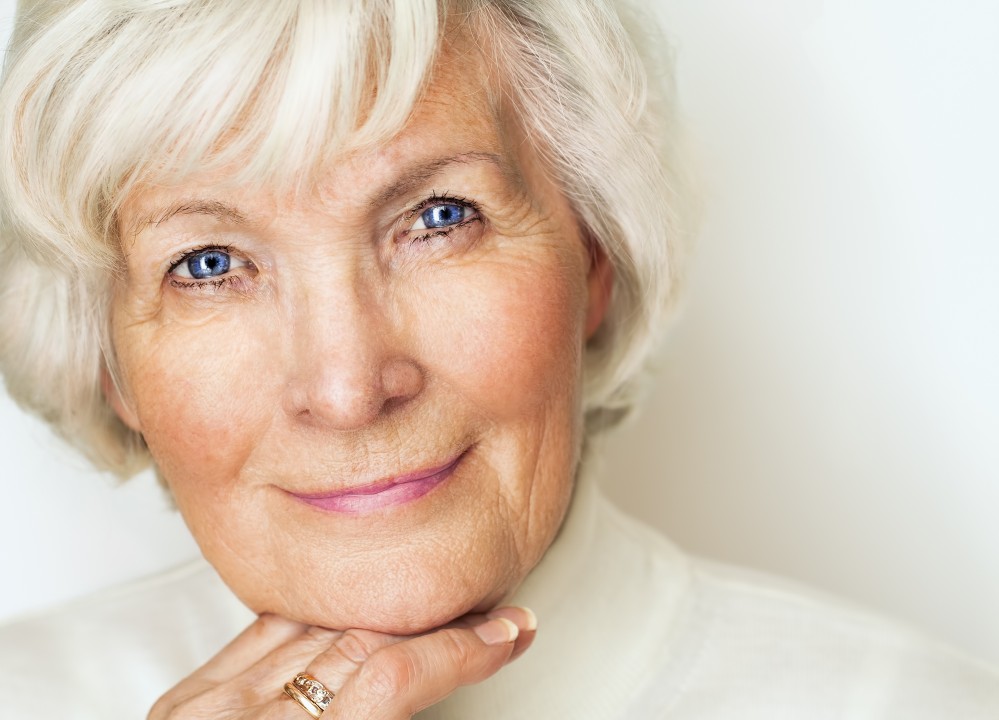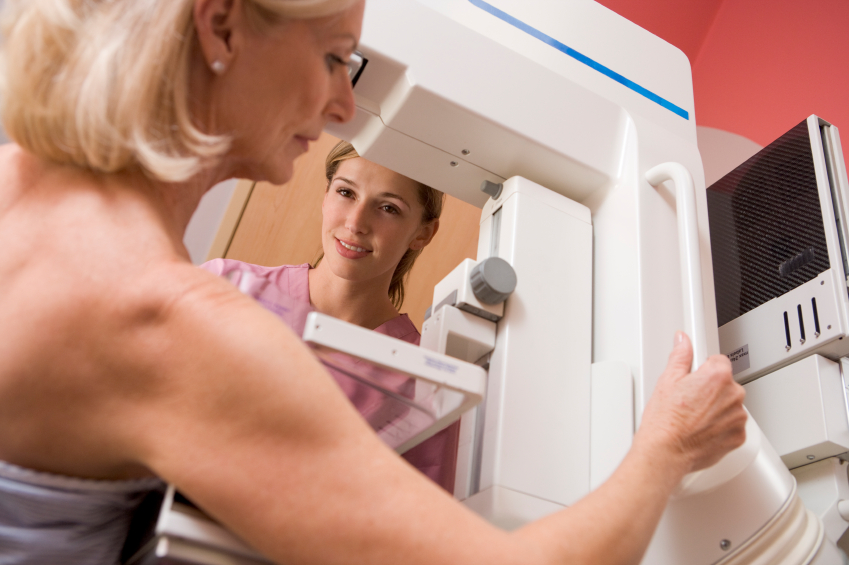Cancer in Older People
What is cancer?
Cancer is a disease caused by normal cells changing, so that they grow in an uncontrolled way
The uncontrolled growth causes a lump called a tumour to form
If not treated, the tumour can cause problems in one or more of the following ways:
Spreading into normal tissues nearby
Causing pressure on other body structures
Spreading to other parts of the body through the lymphatic system or bloodstream
There are over 200 different types of cancer, because there are over 200 different types of body cells
For example, cells that make up the lungs can cause a lung cancer
There are different cells in the lungs, so these may cause different types of lung cancer
Different types of cells in the body do different jobs, but they are basically similar
They all have a centre called a nucleus. Inside the nucleus are the genes. Genes are really bits of code
The information genes carry can be switched on or off
The genes control the cell. They decide when it will reproduce, what it does and even when it will die
Normally, the genes make sure that cells grow and reproduce in an orderly and controlled way
If the system goes wrong for any reason, the usual result is that the cell dies
Rarely, the system goes wrong in a way that allows a cell to keep on dividing until a lump called a ‘tumour’ is formed
For specific advice on types of cancer, visit www.cancerresearchuk.org,or see our chart below
Benign Tumours
Tumours (lumps) can be benign or malignant
Benign means it is not cancer. Benign tumours
Usually grow quite slowly
Do not spread to other parts of the body
Usually have a covering made up of normal cells
Benign tumours are made up of cells that are quite similar to normal cells. They will only cause a problem if they
- Grow very large
- Become uncomfortable, or unsightly
- Press on other body organs
- Take up space inside the skull (such as a brain tumour)
- Release hormones that affect how the body works
Malignant tumours
Malignant tumours are made up of cancer cells. They usually:
- Usually grow faster than benign tumours
- Spread into and destroy surrounding tissues
- Spread to other parts of the body
- It is the ability to spread that makes a cancer harmful
- If a cancer is not treated, it can spread into the organs near to where it started growing. It can also damage other parts of the body to which it spreads
Primary and secondary cancer
The place where a cancer begins is called the ‘primary cancer’
Cancers may also spread into nearby body tissues
For example, lung cancer can spread to the lining of the chest, the pleura
Ovarian cancer can spread to the lining of the abdomen (the peritoneum). This is called locally advanced cancer.
Cancer cells can break away from the primary tumour and be carried in the blood, or lymphatic system to other parts of the body
There they can start to grow into new tumours. Tumours from cancers that have spread are called ‘secondary cancers’ or ‘metastases’ (pronounced met-as-tah-seez)
A cancer that has spread has ‘metastasised’.
The various organs of the body are made up of different types of cells. Any of these cell types can grow into a primary cancer. Different types of cancer behave very differently. The type of cancer affects whether it is:
- Likely to grow quickly or slowly
- Likely to produce chemicals that change the way the body works
- Likely to spread in the blood or lymph system
- Likely to respond well to particular treatments
Cancer symptoms
Cancers can cause different symptoms according to where they are in the body
A cancer may press on a nerve, or another nearby body organ
It may also cause symptoms by releasing chemicals or hormones into the bloodstream
How a cancer cell grows
A cancerous tumour is made up of billions of cancer cells. The tumour gets bigger because the number of cells increases
Each individual cell goes through a growth cycle again and again, doubling into two cells each time. There is more about this in our section about cells and cancer.
As the tumour gets bigger, the centre of it gets further and further away from the blood vessels in the area where it is growing
So the centre of the tumour gets less and less of the oxygen and the other nutrients all cells need to survive.
Without oxygen and nutrients, the cell will die
So it needs to grow its own blood supply to survive. This is called angiogenesis.
The cancer cells may be able to stimulate normal cells to produce angiogenic factors to help produce new blood vessels
Scientists researching how tumours grow think that a cancer can’t grow much bigger than a pin head before it needs to develop its own blood supply
Early stages of cancer
Cancer at this very early stage is often called ‘carcinoma in situ’. This just means that it is very small and hasn’t spread into the surrounding area, or spread anywhere else in the body
These cancers are still so small that they will probably not be found unless they are somewhere where they are easy to spot, for example in the skin
A carcinoma in situ in an internal organ will usually be too small to pick up on a scan. The exceptions are breast cancer and cervical cancer. Carcinomas in situ can be picked up on mammograms and in cervical smears
Normal cells can stimulate new blood vessels to grow. This happens to repair damaged tissue when wounds are healing and is called ‘angiogenesis’
So, normal cells have genes that can produce proteins called angiogenic factors, which switch blood vessel growth on
They also have genes that produce proteins called anti-angiogenic factors, which switch blood vessel growth off.
Researchers looking at angiogenesis think that the ability to grow new blood vessels is the big difference between a carcinoma in situ and a growing cancer. They think that a carcinoma in situ may be dormant and unable to spread for some time. But at some point it triggers tiny blood vessels called capillaries to grow. The cancer can then grow and spread into the body tissues around it
Once a cancer can stimulate blood vessel growth, it can grow bigger and grow more quickly. It will stimulate the growth of hundreds of new capillaries from the nearby blood vessels to bring it nutrients and oxygen
Angiogenesis and cancer spread
Scientists also think angiogenesis may play a part in cancer spread
They have found that the newly developing capillary cells release substances that help the cancer cells to detach from the primary cancer and get into the bloodstream
This means that the cells can travel to another part of the body and begin to grow there
Angiogenesis may also explain why a secondary cancer can appear years after the primary
Sometimes, cancer cells that have spread may not yet be able to stimulate the growth of blood vessels
A small secondary cancer could develop, similar to a carcinoma in situ. The cells continue to multiply and mutate, but the cancer cannot get much bigger
Through mutation, the cells may suddenly be able to trigger blood vessel growth many months or even years later
A secondary cancer would then begin to grow more rapidly and could grow large enough to cause symptoms or show up on a scan
For more information: www.cancerresearchuk.org
Useful websites for the most common cancers in the UK:
Lung
www.cancerresearchuk.orgwww.lungevity.org
www.roycastle.org
Colorectum
Breast
www.cancerresearchuk.orgwww.breastcancercare.org.uk
www.breastcancer.orgwww.macmillian.org.uk
Prostate
www.cancerresearchuk.orgwww.pcf.org
www.prostatecation.org.uk
Pancreas
Oesophagus
Stomach
www.cancerresearchuk.orgwww.macmillian.org.ukwww.cancerrecovery.org.uk
Bladder
www.cancerresearchuk.orgwww.macmillian.org.ukwww.bcan.org
Cancer treatment
Treatments for cancer include surgery, chemotherapy and radiotherapy
Courses of treatment will vary dependent on independent diagnosis
Waiting times
Currently, all patients referred with suspected cancer by their GP have a maximum two-weeks wait to see a specialist
Cancer patients should wait no more than 31 days from decision to treat to the start of their first treatment
Over 35% of all UK cancers are diagnosed in the elderly
The most common cancer in elderly men is prostate cancer
- Other common cancers for males over 70 are:
- Lung cancer (17%)
- Colorectal cancer(15%)
The most common cancers in elderly women are:
- Breast cancer (21%)
- Colorectal cancer (16%)
- Lung cancer (14%)
How to reduce the risk of cancer
Many people believe that getting cancer is purely down to genes, fate or bad luck
Research has proven, however, that risk actually depends on a combination of genes, environment and the way we choose to live our lives
In the UK, more than one in three people will develop cancer at some point in their lives
Every year, around 309,500 people are diagnosed with the disease
Experts estimate that more than four in 10 cancer cases could be prevented by lifestyle changes, such as:
- Not smoking
- Keeping a healthy body weight
- Cutting back on alcohol
- Eating a healthy, balanced diet
- Keeping active
- Staying safe in the sun
- Occupation:some people are more at risk of cancer as a result of chemicals or practices used in their occupation. Improved safety in the workplace means fewer people will be at risk now than in the past.
Can healthy living guarantee against cancer?
‘Healthy living’ is not a guarantee against cancer, but it does reduce the risk
For example, smokers are far more likely to develop cancer than non-smokers
In 2008, a large study worked out how a combination of four healthy behaviours would affect your health. These were:
- Not smoking
- Keeping active
- Moderating how much alcohol you drink
- Eating five daily portions of fruit and vegetables
- People who ticked all four healthy boxes gained an average of 14 years of life compared to people who did not do any of them. By the end of the study, they were less likely to have died from cancer or heart disease.
Another study suggests a third of cancers are linked to smoking, alcohol, diet or being overweight.
Prevention plays an important part in the fight against cancer because:
There will never be a single cure for cancer, because it is a group of over 200 diseases, most of which will need many different treatments
Many types of cancer that are difficult to detect early and treat effectively can be largely prevented, such as lung cancer and oesophageal cancer
Many common cancers are mostly preventable including lung, bowel and mouth cancers, and malignant melanoma
Even though survival rates for many cancers are high, living with cancer and going through treatment can be a difficult experience
Cancer is mostly a disease of later life, and more people in the UK are living to an older age. This means that the number of cancer cases will rise unless more can be prevented
Making healthy choices, such as keeping a healthy body weight, can also reduce the levels of molecules that make our cells divide faster than normal, such as the hormone oestrogen
For cancer care, look at Maggie’s Centres











